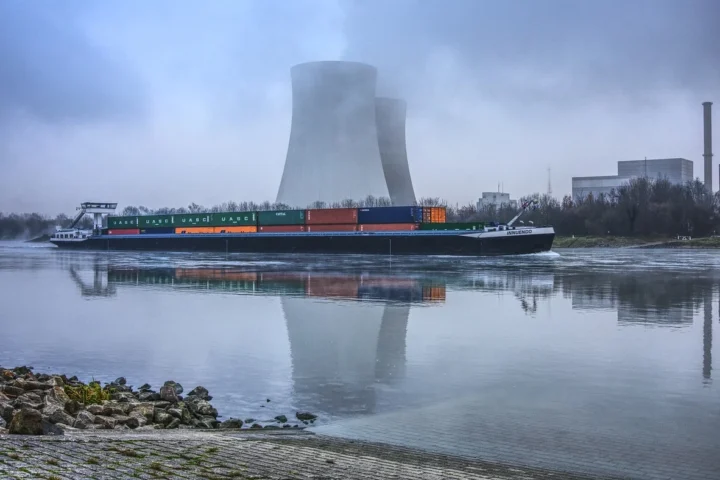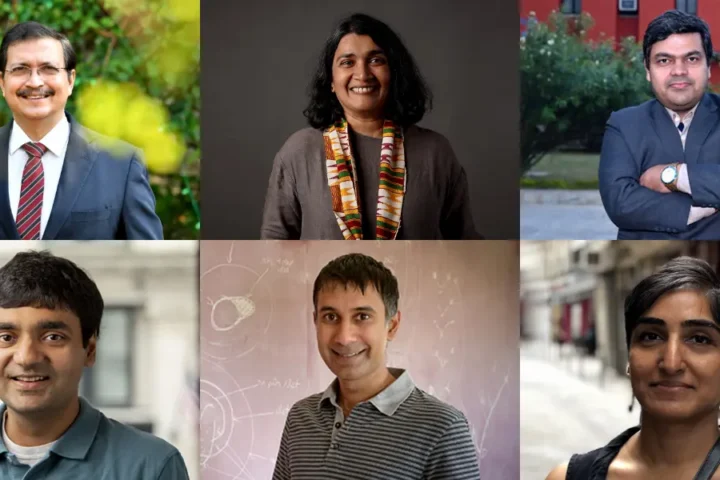To achieve the goal of landing a human on the Moon by 2040, ISRO needs a powerful launch vehicle with super-lift capabilities, capable of carrying more than 100,000 kilograms to Low Earth Orbit (LEO).
Propulsion Technology
Developing a propulsion system with a balanced combination of semi-cryogenic and cryogenic engines, akin to NASA’s Saturn-V, is crucial for achieving the required thrust for the lunar mission.
Global Competition
India faces stiff competition from other spacefaring nations such as China, SpaceX, and Russia. Prioritizing the development of a super-lift launch vehicle is essential to keep pace.
Gaganyaan Mission
It is crucial that the three-day Gaganyaan mission, which aims to launch three Indian astronauts into orbit, succeeds. It will provide invaluable insights for developing the desired rocket system for lunar missions.
Time-Consuming Process
Developing a new launch vehicle is a complex and time-consuming process that can span over a decade. Early commencement of this endeavor is crucial to meet the 2040 deadline.
Modules Development
Concurrently, ISRO must focus on developing key modules for the lunar mission, including the Crew Module, Service Module, and Lunar Module, ensuring the astronauts’ safe journey to and from the Moon’s surface.
New Technologies
ISRO needs to develop cutting-edge technologies to withstand the harsh lunar environment, including innovations for lunar landing and return, systems for surviving extreme coldness, food supply preparations, and health studies to assess the effects on astronauts.
Financial Support
Overcoming these challenges requires substantial financial support. The Government of India needs to allocate additional funds and encourage private investment and collaboration to secure the necessary resources.
Cost-Effectiveness and Innovation
While ISRO is known for its cost-effective and innovative approach to space exploration, certain aspects of the mission involve fixed costs. Some costs can be mitigated by innovation, but crucial components require additional money.
Optimism for the Future
Considering the difficulties, India’s will and ISRO’s history of quick technical development give hope for accomplishing the 2040 lunar landing target. Given India’s trajectory and speed, it is feasible to arrive on the moon by 2040.







